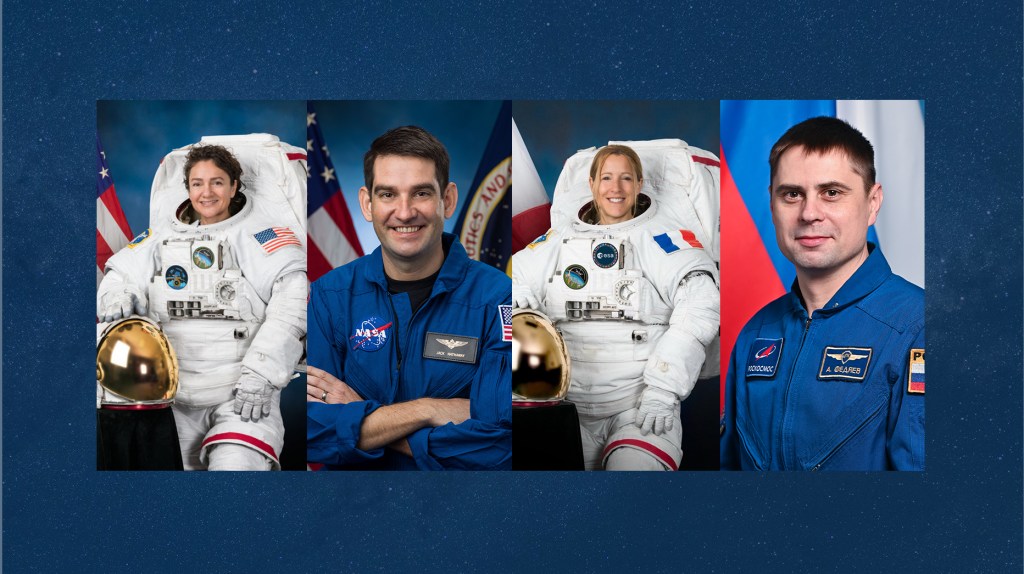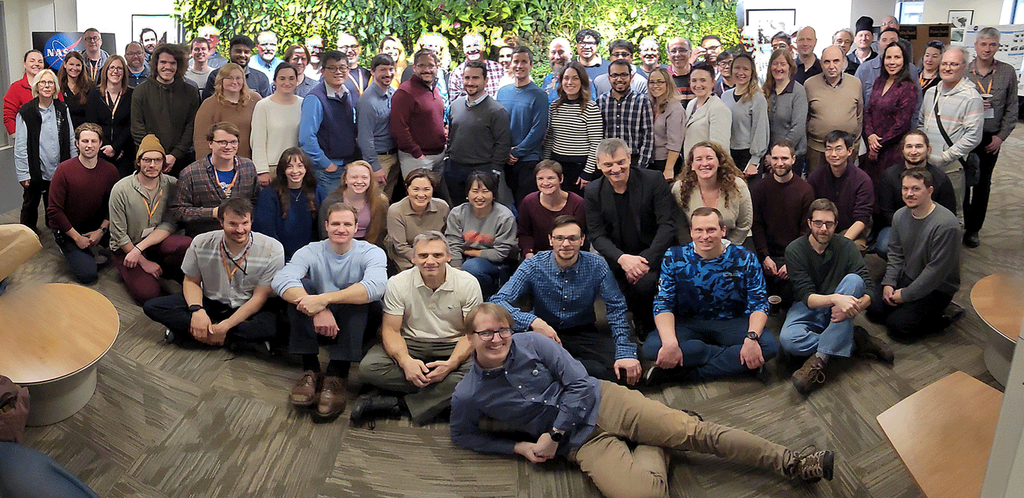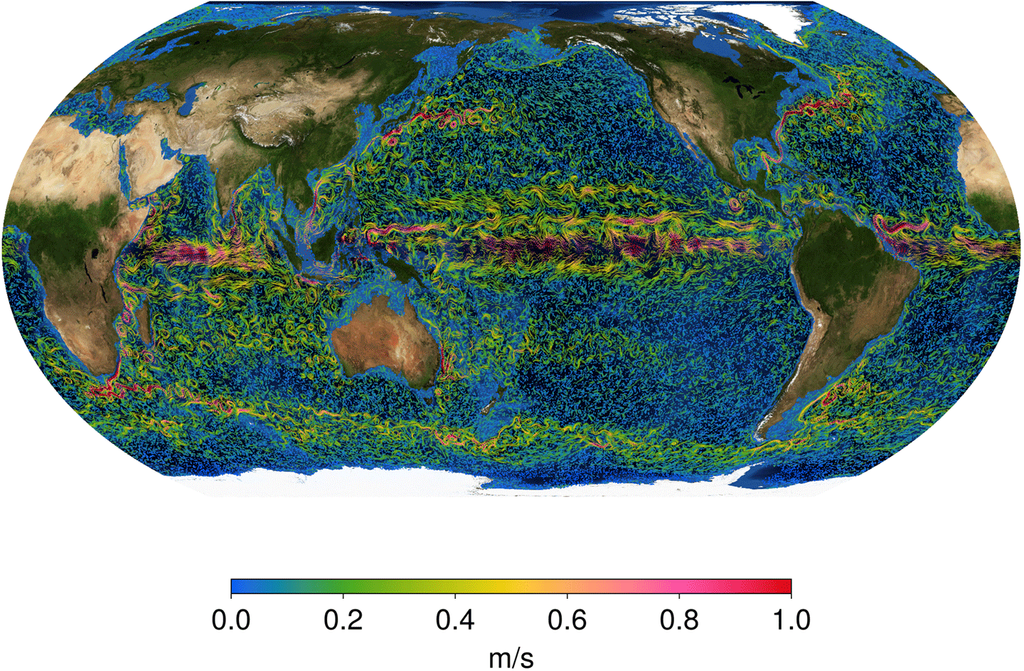Dovie Lacy
Contents
Personal Essay
Whenever I’m asked what inspired me to work at NASA, I smile; I never aspired to work for NASA. However, in 1981, during my senior year in college I did complete an SFS-171, but did not think anymore about it until I received a call from NASA in December 1983.
While growing up in Cleveland, Ohio, I always wanted to be a teacher, although I had no concept of going to college to become one. As far as I knew, teachers were just teachers. How they became teachers, I did not know. In high school I was an honor student, but it was not until March 1977 (during my junior year) that the topic of my going to college came up. On that fateful day, I walked into my guidance counselor’s office and he said, “Dovie, you are good in math and science; do you want to be an engineer?” I responded, “I don’t think so; don’t engineers drive trains?” He explained that engineers use the principles of math and science to design things like planes and machines. That got my attention. While growing up, not only did I ask a lot of “why” questions, but I was also a tinkerer, always taking things apart (radios, watches, roller skates) and doing experiments. Back to that fateful day in 1977: That afternoon, we attended a Minority Engineering Forum at Cleveland State University and ended up sitting next to the Minority Engineering Program Manager from Southern University, Baton Rouge, Louisiana. This gentleman asked my guidance counselor whether he know anyone who wanted to be an engineer and would be interested in spending six weeks at Southern University at an Engineering Summer Institute. My guidance counselor said yes, she would, and as they say, the rest is history!
I excelled at the Engineering Institute, and halfway through the program I knew that I wanted to pursue a degree in engineering.After graduating from high school I went to Southern University with a full 4-year scholarship to major in mechanical engineering. I spent my summers working as an intern for the U.S. Navy at the Norfolk Naval Base, in Norfolk, Virginia; Union Carbide in the Cleveland, Ohio, and General Electric also in Cleveland, Ohio.Following graduation, returned home to Cleveland.
My first job was with the local utility company, where I worked as a mechanical inspector at a nuclear power plant construction site. I did not like working at the construction site, so, after having my second child, I did not return to work there. Instead, in March 1984, when my daughter was six weeks old, I started work at the NASA Glenn (formerly NASA Lewis) Research Center in the Space Power Systems Division. I was the lead for the Advanced Solar Dynamic Heat Receiver Project. My first day at NASA was emotionally challenging; I was both excited and anxious about starting this new job and, to be honest, I was a little sad at having to leave my daughter. I remember going the wrong way on a one-way road during the busiest time of the day – not fun – but things quickly got better.
After working in engineering for six years, I transferred to the Education Office to work as a minority scholarship manager. One thing I have learned about myself is that after a few years, I get antsy and begin to look for other opportunities to grow and make a difference. So, after three years in education I transferred to the aeronautics group where I worked on the subsonic noise reduction program. Herein lay another great lesson: An engineering degree can open a lot of doors. After working in aeronautics for two years, I got the opportunity to live my dream; I became a teacher! For five years, I taught elementary science at a local private school. This was an amazing experience, better than I hoped or dreamed it could be. During my last year at the school, I served in a dual capacity: I taught science and I served as the school’s administrator!
As fate would have it, in June 2000 I returned to the Education Office at NASA. I became the Project Manager for NASA’s Science, Engineering, Mathematics, and Aerospace Academy (SEMAA) project. Again, this was a great experience and I held this position for 7 years. During this time, I realized that I really liked project management, so I decided to learn all that I could about the topic. I took several NASA-based project management courses as well as courses provided by project management professional organizations. I was also able to fulfill the teacher in me by mentoring colleagues and others in various aspects of project management. One of the happiest days in my professional life was June 28, 2008, when I received my Project Management Professional Certification. Because of my engineering, education, and project management skills and experience, in January 2010, I received the opportunity to work at NASA Headquarters on one of the Administrator’s education priorities – the Summer of Innovation Project.
I consider myself past the halfway mark in my NASA career, and it has been a wonderful one. It hasn’t been perfect, but it has been fun, challenging, and very rewarding. I have never been bored in my career and have had tremendous opportunities to grow personally and professionally.
Even though I have moved around quite a bit in my career, I always seem to come back to education. I recently became the Deputy Branch Chief of NASA Glenn’s Educational Programs Office. As a supervisor in the Education Office, I know what my near-term future will consist of: I will leverage my engineering, project management, and education background to create and maintain an environment in which people are valued and held accountable for their decisions and actions. After successfully serving in the Education Office, I hope one day to participate in the Senior Executive Service Candidate Development Program so that I can further hone my leadership, technical, and interpersonal skills and continue to contribute to NASA’s mission success.
When I retire from NASA, I would like to be remembered as a person who was kind and energetic, as someone who led and embraced change, and as someone who offered personal and professional support while consistently planning her work and working her plan for the good of the order!
Biography

Dovie Lacy, who first and foremost sees herself as an educator, took a circuitous route to arrive at NASA – yet arrive she did in 1984. Today as Deputy Chief of the NASA Glenn Educational Programs Office and Project Manager for the Agency’s Summer of Innovation Project, Ms. Lacy oversees the implementation of NASA education programs, projects, and activities for the Mission Directorate and the Office of Education as well as directs the development and plans and implementation of education programs unique to and funded by Glenn Research Center. In this multifaceted role, Ms. Lacy works closely with stakeholders in Glenn’s six-state region to support systemic reform initiatives in formal education; assists with generating and communicating knowledge to support the center’s unique research and technology development requirements through the involvement of colleges and universities across the region; and establishes links with informal education networks in support of NASA’s national STEM [science, technology, engineering, and math] education initiatives. As Ms. Lacy writes, she leverages her “engineering, leadership, project management, and education background and skills to create and maintain an environment in which people are empowered, valued and held accountable for their decisions and actions.” Ms. Lacy’s personal decision to pursue a degree in engineering was inspired by a Minority Engineering Program manager from Southern University, Baton Rouge, La. Not only did Ms. Lacy earn a degree in mechanical engineering from Southern University, but today she is also a certified Project Management Professional who has served as Program Specialist in Glenn’s Project Planning and Control Office and has participated in NASA’s Leadership Development Program, spending 1 year at NASA Headquarters to hone her leadership skills.































